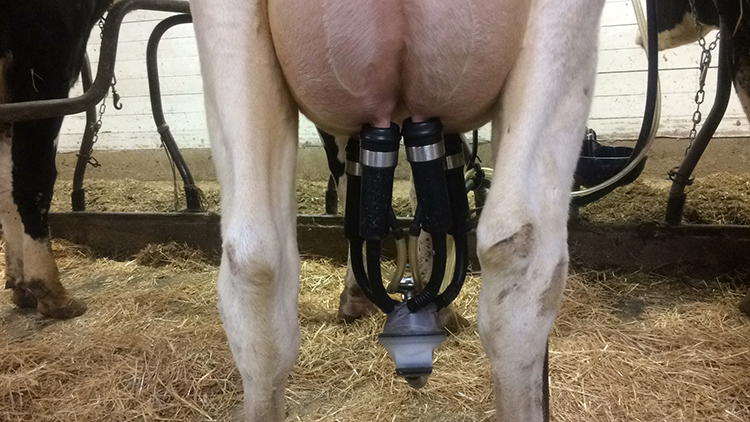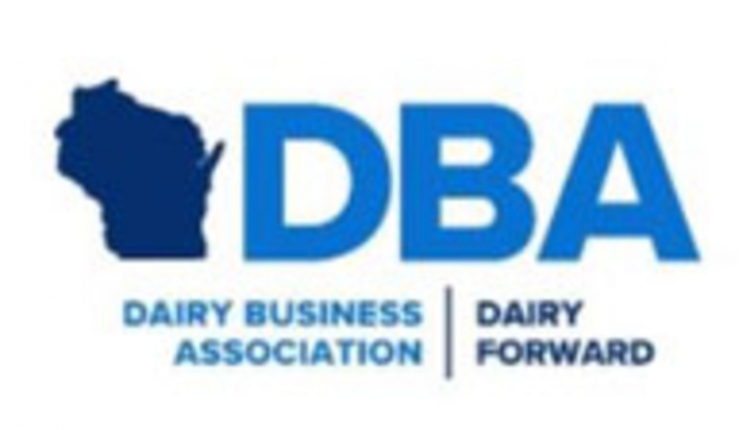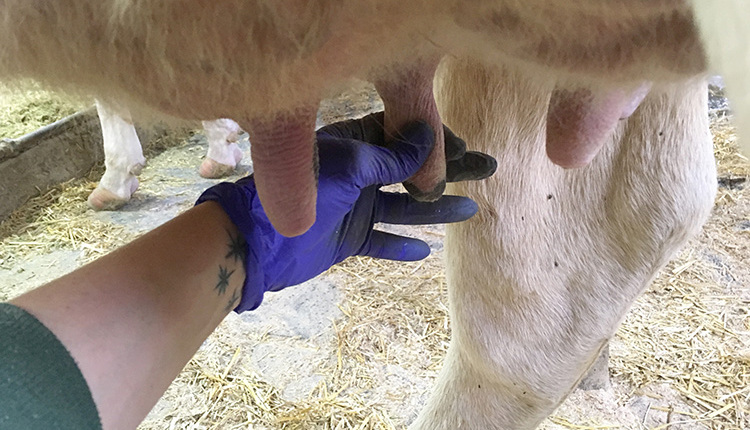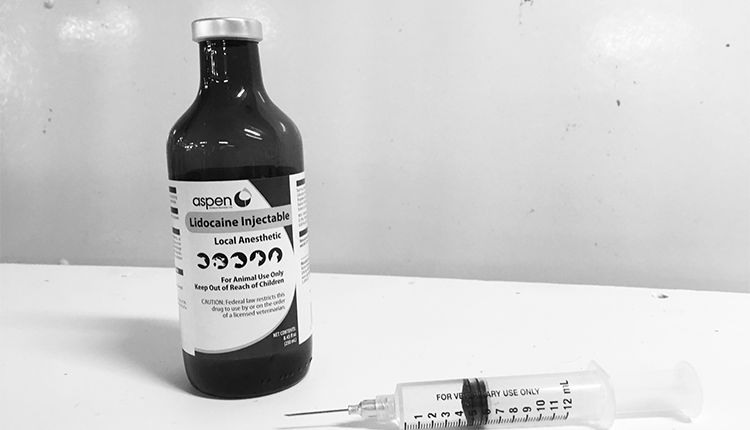
Areas of the country have been dumping milk for far too long. Now processors are dropping patrons. It’s no wonder that
I can clearly remember similar discussions taking place in 2010 when the USDA Margin Protection Program was in the early planning stages. In the wake of 2009’s rock bottom milk prices, the idea was urgent then, too.
Possibly because I’m a first generation dairy farmer with fewer than 100 cows, little equity, and even less land security . . . which make it challenging to quickly adjust milk production in response to market demand . . . I favored the concept of supply management back then. And I support the idea now. What’s changed, in my opinion, is how we approach supply management.
I’m not going to pretend to have all the answers, but after several conversations with dairy industry friends and hearing others say the same thing, this much is clear:
1. We need some sort of supply management.
2. We do not want the government involved in managing supply.
3. Cooperative and private processors will need to work with their patrons to manage each company’s supply and demand.
Allow me to explain.
1. We need some sort of supply management.
Dairy farmers cannot continue to produce milk and expect that processors will be able to process and/or market everything we produce. It makes no sense to produce milk that cannot be processed or marketed.
That said, we need a supply management program that allows us to be nimble . . . a program that allows the United States to remain a player in global markets but does not require us to participate in global markets.
2. We do not want the government involved in managing supply.
The government cannot respond to domestic and global market changes fast enough. Asking the government to manage supply would be like asking the Titanic to turn on a dime. Giant ships cannot maneuver quickly, but a large fleet of smaller ships can. That leads to my third point.
3. Cooperative and private processors will need to work with their patrons to manage each company’s supply and demand.
Processors can respond to supply and demand changes much more quickly than the government can. Unfortunately, the Grassland situation showed us just how quickly a processor can respond to market changes. Hopefully, moving forward, other processors can be proactive and develop plans that allow them to respond to market changes without having to drop patrons.
Several cooperatives, including Organic Valley, Land O’Lakes, and others, have already adopted programs that facilitate better alignment between milk supply and processing and marketing capacity. Perhaps I’m shortsighted or my view of the big picture is skewed, but I cannot see how processors that fail to adopt similar programs will be able to remain in business for the long term.
The author is a dairy farmer and writer from central Minnesota. She farms with her husband, Glen, and their three children. Sadie grew up on a dairy farm in northern Minnesota and graduated from the University of Minnesota with a degree in agricultural communications and marketing. She also blogs at Dairy Good Life.








